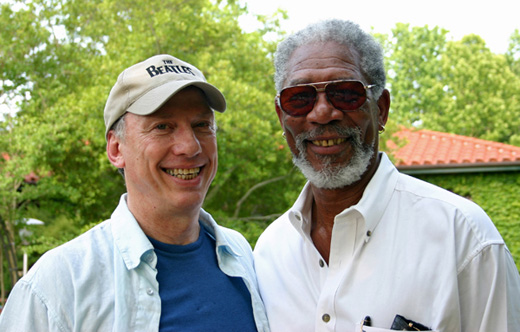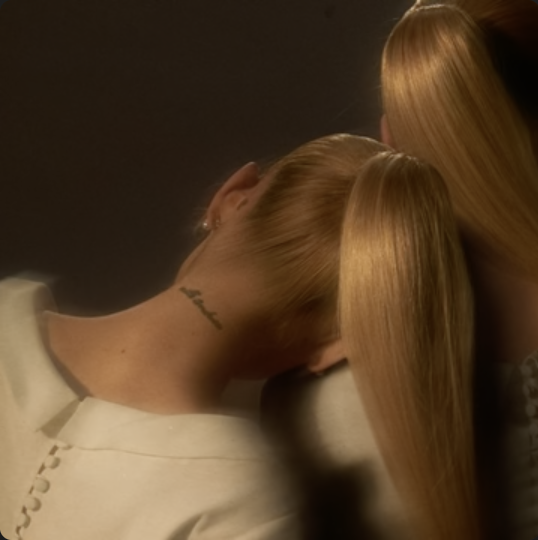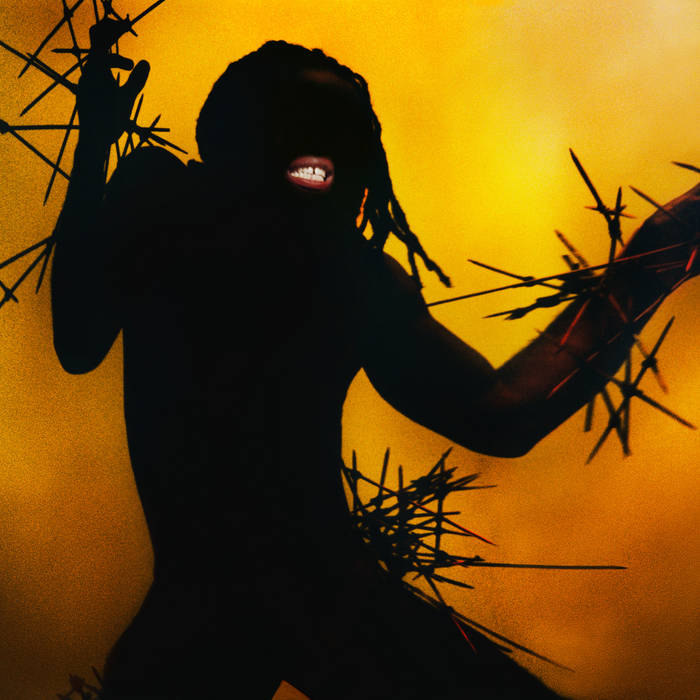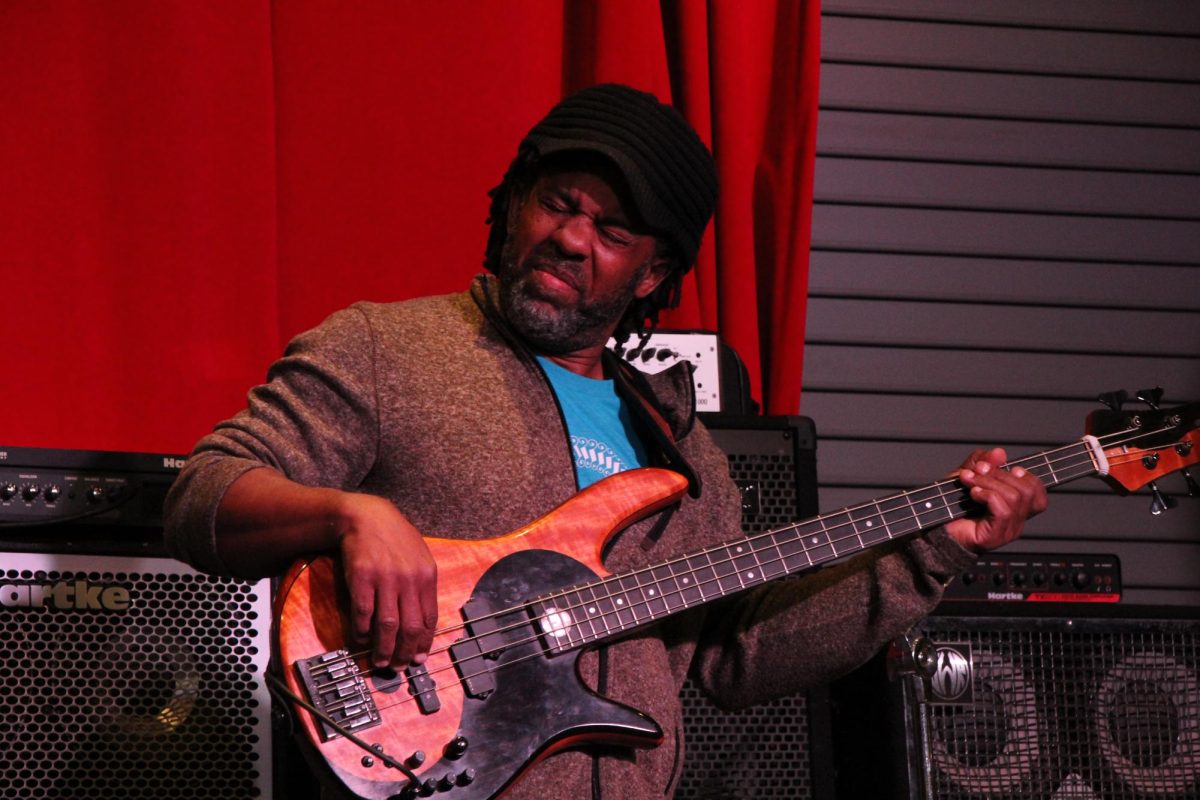 On Thursday March 18th Canadian film director Paul Saltzman and his wife, Patricia Aquino, came to Ann Arbor and made an appearance at the Downtown District Library during the showing of their documentary “Prom Night in Mississippi”. When the documentary ended and the credits began to roll, Saltzman and Aquino lead a post-film discussion. Together, the married couple directed and produced this documentary about the first integrated senior prom in the small town of Charleston, Mississippi.
On Thursday March 18th Canadian film director Paul Saltzman and his wife, Patricia Aquino, came to Ann Arbor and made an appearance at the Downtown District Library during the showing of their documentary “Prom Night in Mississippi”. When the documentary ended and the credits began to roll, Saltzman and Aquino lead a post-film discussion. Together, the married couple directed and produced this documentary about the first integrated senior prom in the small town of Charleston, Mississippi.
Just over 400 students attend Charleston High School. 70% of these students are black and 30% are white. Although segregation is not a topic often discussed openly at Charleston, it is something that is felt between students and parents alike. The town has a history of racism and even to this decade the foundation of those beliefs still lingers in some families. “My grandmother taught me that God put us all on this earth different, and if we start integrating then we’d all look the same. And if he wanted us to look the same he would have made us that way in the first place.” said a parent of a white senior at Charleston.
The separation is primarily black boys from white girls. “We’re not gonna have mixed babies in my house.” said a parent. Another parent said that “[African Americans] aren’t going to be rubbing up on my daughter, not as long as she lives in my house. That’s not how we raised her.” This belief is so strong that in some households, white teenagers, mostly girls, have only dated other white people simply because they’re afraid of their parents disowning them or being very dissapointed. There aren’t very many interracial relationships in Charleston, and the ones that exist certainly aren’t publicized.
Saltzman sent home release forms through the school for permission to film and use footage. He and his camera crew filmed in the school every day for four months. Saltzman also sent out a questionnaire for the students to fill out. He recieved 42 answered questionnaires, and 15 of those students were invited to be interviewed and participate in film workshops. Twelve students responded to the invitation, and these 12 naturally became the main characters of the documentary.
“[We] stayed away from the parents because it’s the kid’s story and they should tell it.” Saltzman explained about his filming techniques. The few times Saltzman did make an attempt to talk to white parents didn’t go over well. When he called they often times asked “How’d you get my number..” and then Saltzman heard the phone click off.
“If you’re not conscious of your prejudices, beliefs, and thoughts then they will control you. Prejudice is so politically incorrect that people almost never talk about their prejudices.” said Saltzman in response to one of the questions asked during the post-film discussion. “Conversations about prejudice rarely get deep because people are afraid of offending the other person.”
Saltzman and Aquino still keep in touch with many of the characters that the documentary focuses on. They are very proud of the barrier they helped break and the tradition they helped start. In 2009, Charleston High School had its second integrated prom; there was still a small group of white parents that held their own white prom. Saltzman hopes that with time, the school will come to have one prom for the entire senior student body with no opposition from any parents. “Allow these children to have social interaction and they will.”















